Indigenous Healthy Food Challenge
Maegan Lopez, Assistant Gardener
Written by Karen Howe
For thousands of years, the ancestors of the Tohono O’odham, Hi’aced O’odham, Akimel O’odham, and On’t Akimel O’odham have cultivated crops on the site of the Mission Garden, making it one of the oldest sites in the country to still produce heritage crops. Maegan loves working with the Mission Garden because she believes in promoting healthy, desert food grown using traditional methods.
Over the last few years, while harvesting crops at the Mission Garden - crops planted and tended using Tohono O’odham methods, an idea formed in my mind. One day, while giving a tour to Tohono O'odham Cultural Center and Museum staff, I voiced it, “what if we sponsored a healthy food challenge for O’odham communities, a challenge to eat only home-grown, traditional foods for an entire month, as our ancestors used to do every day?” I had long wanted to do something to help the O’odham community feel better, stronger, and calmer, even during the pandemic.
In the 1900’s, as Tucson grew, the local government diverted water away from our lands, and development reduced local native plants, making it difficult for us to continue growing and harvesting traditional crops. Government programs started distributing inexpensive commodity foods such as processed flour, cheese, and oil leading to a dramatic shift in our diets. In the late 1900’s, the Tohono O’odham nation went quickly from very low incidence of Type 2 diabetes to perhaps the highest rates in the U.S
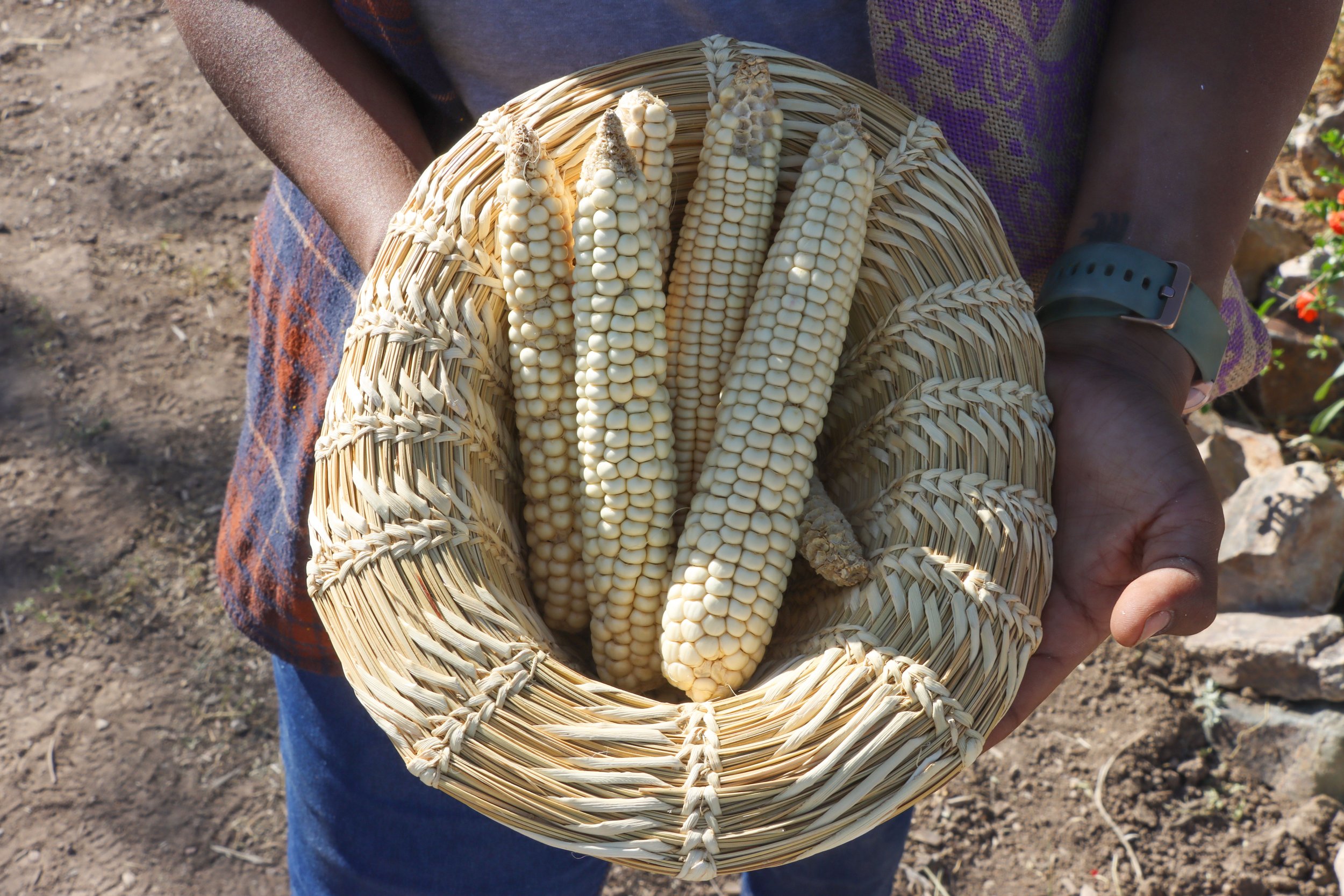
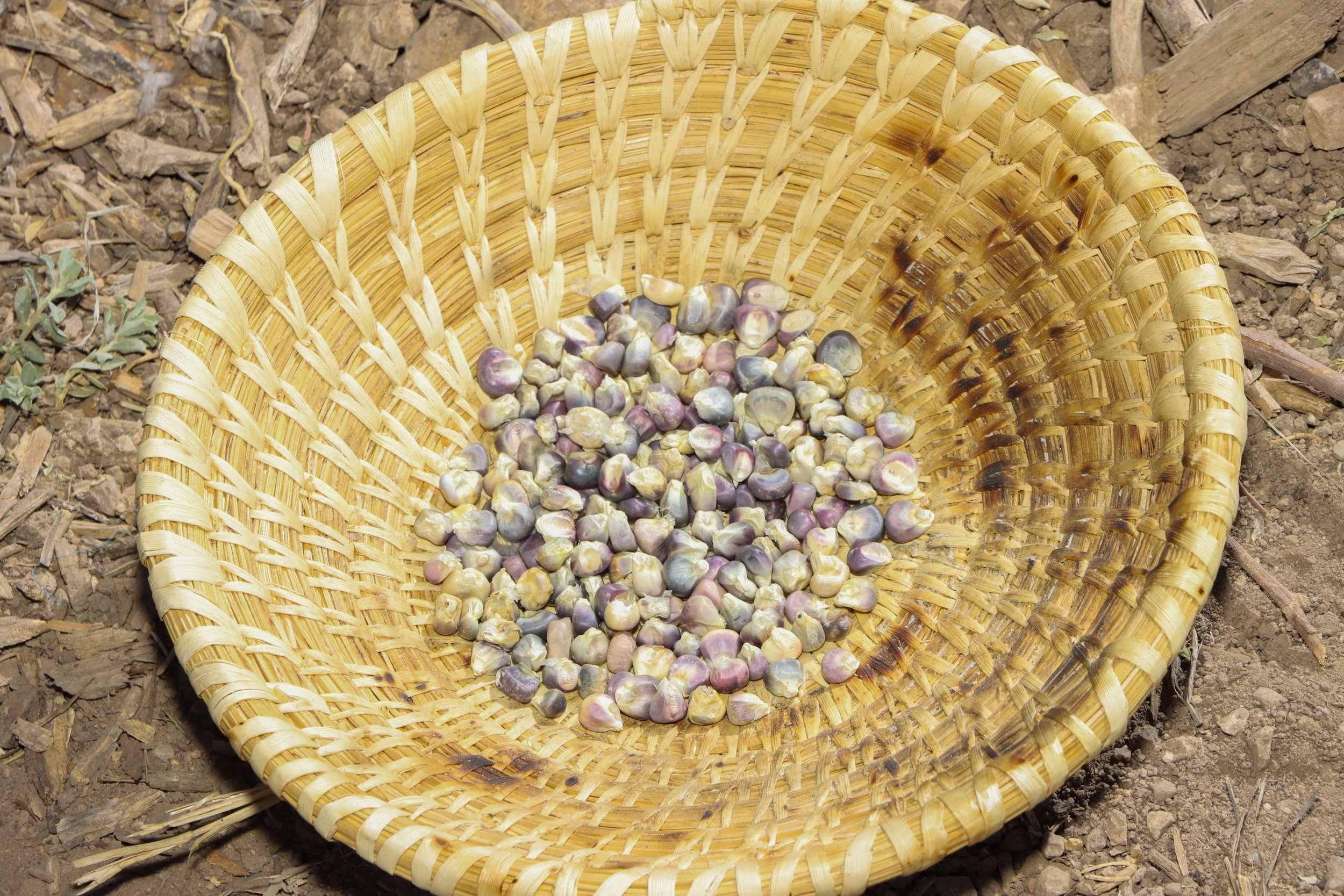
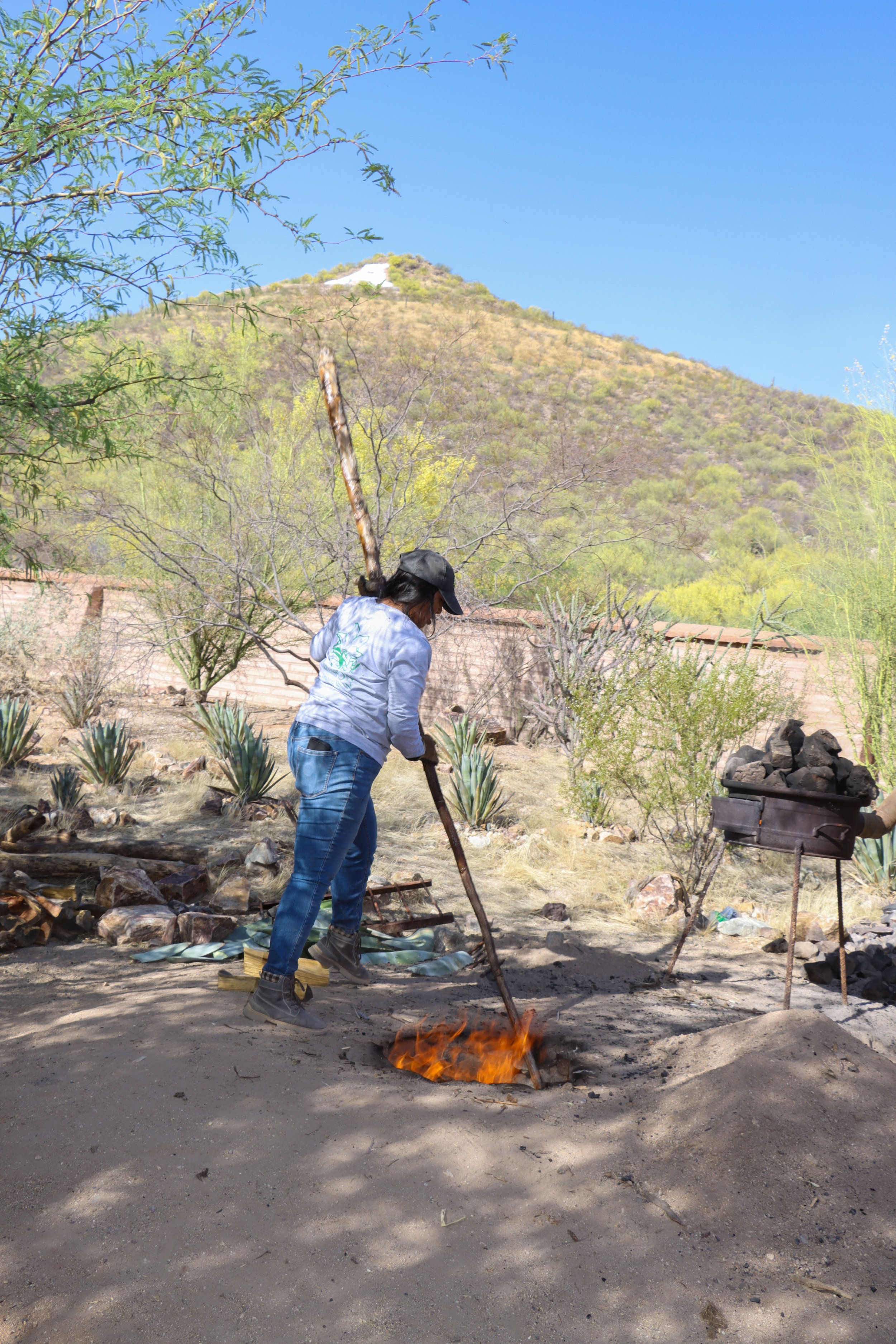
My partners and friends were excited, and we agreed to collaborate on what we dubbed as an Indigenous Healing Food Challenge for O’odham community members living within the Nation’s districts and in Tucson. We decided on a one-month challenge for November 2021 to coincide with harvest time and to give us time to develop the program and get people involved.
We planted crops at the Mission Garden for the food challenge using traditional O’odham methods and they grew bigger and stronger during the summer months as did amazing support from our community. When the incredible monsoon season of 2021 gifted us with waves of wind, rain clouds, and abundant rain, I felt both a wave of relief and seeing a merging of the past, present, and future right before me. I thought, “It’s good to be O’odham, it’s good to feed the people with our desert foods, it’s good to both accept help and to help each other”.
A shift in traditional foods leads to a Type 2 diabetes epidemic
My tribe, the Tohono O’odham Nation, has lived in the vast territory of what is now southwestern Arizona and northern Mexico for thousands of years. Over this time, we developed methods to grow abundant crops, including desert-adapted corn, squash and tepary beans, (commonly called the “three sisters”), and we harvested local foods such as mesquite pods and cholla cactus buds. Our traditional foods are packed with vitamins, minerals, protein and healthy (low-glycemic) carbohydrates.
I’ve lived with the devastating impact of diabetes, as has almost everyone in the O’odham nation, for my entire life. I know that to fight this epidemic we need a reliable source of healthy food, and we need to ingrain the value of these foods in our youth.
The idea takes root and becomes a community effort
We developed the Indigenous Healthy Food Challenge with the Tohono O’odham Nation’s Cultural Center & Museum and the Healthy O’odham Promotion Program (HOPP) because they share a mission of promoting healthy, traditional desert foods, and they have positive relationships with remote O’odham villages and schools.
Energized and excited, we spread the word to Tohono O’odham Nation families about the healthy food challenge planned for November 2021. The program would help them shift to eating more traditional desert foods to combat diabetes. The 25 people who signed up would receive food for the month, and they’d be required to meet with a HOPP staff member for blood glucose levels at the beginning and the end of the month, keep track of eating habits in a food journal, and join weekly meetings.
So, now all we had to do was grow the food!

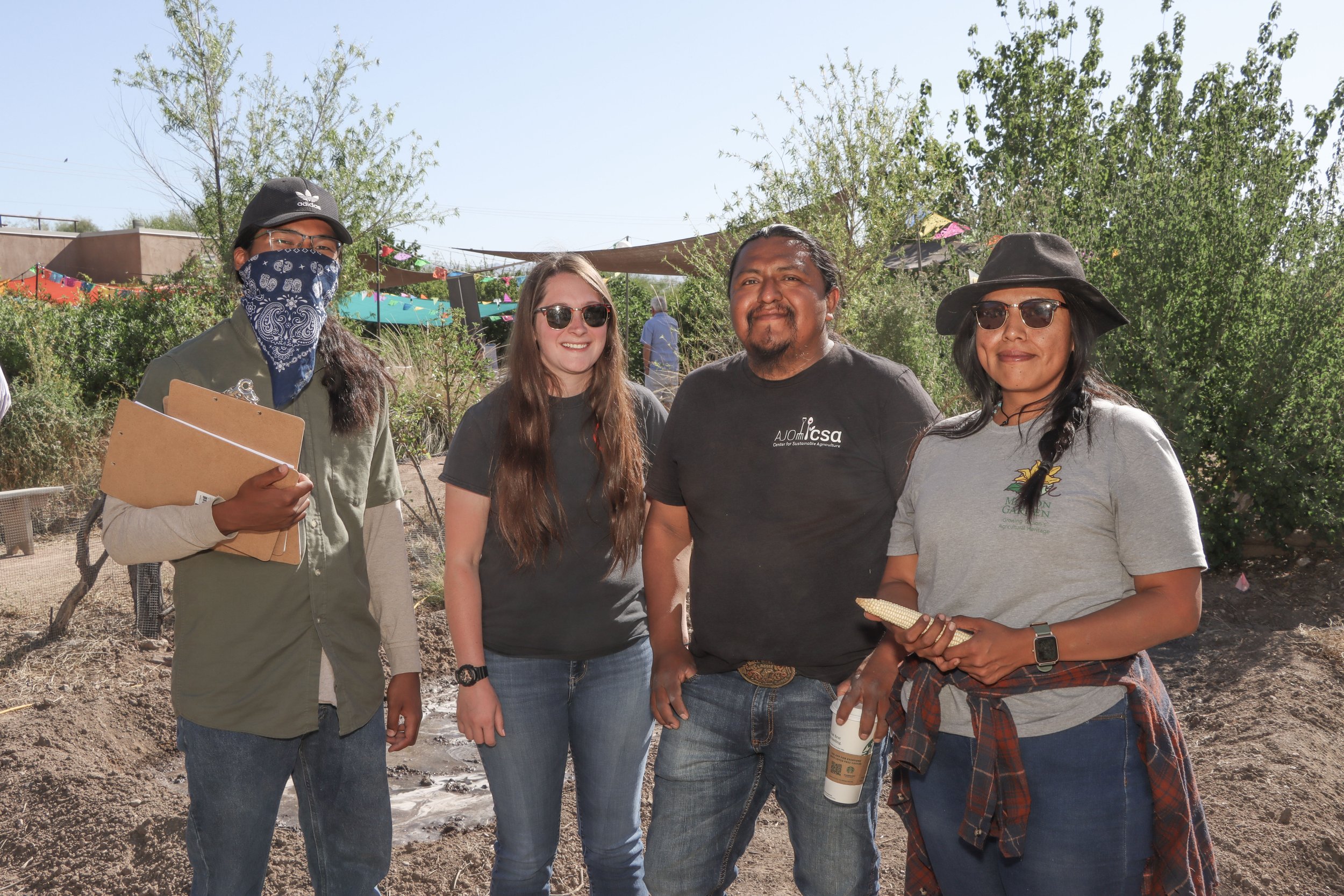
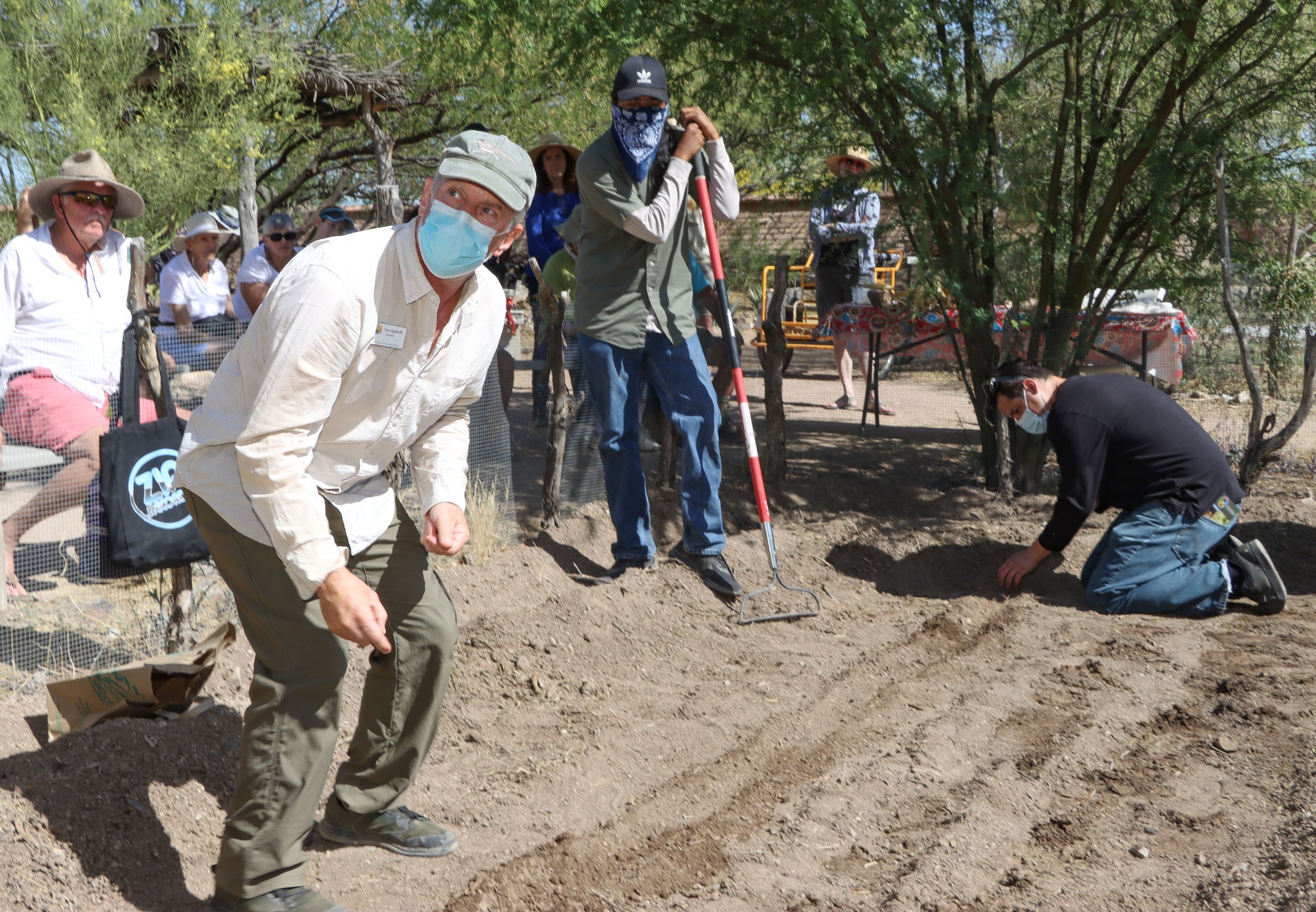
The Mission Garden follows traditional O’odham farming methods
In traditional O’odham farming, summer, with its monsoon rains, is the best time to grow corn, squash and tepary beans, plus yellow watermelon, chilies, and other delicious crops such as common beans, ke:li baso (a melon), and sorghum. The desert gives us cues for when to start planting; the sun becomes strong, the desert turns bright with yellow mesquite flowers, pink ironwood flowers, and a magnitude of colorful wildflowers. Around November summer crops are harvested and prepared for storage by roasting corn, cutting squash into the shape of a rope.
The month of the challenge was rich with abundance
November came around and we were ready with the food and HOPP, but the pandemic was still raging with the O’odham Nation on full lockdown. This prevented people from meeting in person and made it difficult for HOPP to do blood glucose levels. So, we had to suspend that aspect of the program, but participants did use food journals and joined weekly online meetings. It was difficult to engage with participants and monitor their progress while following pandemic restrictions.
But the amount of donated food surprised, moved, and humbled me. In addition to food from the Mission Garden, people from all walks of life donated foods grown in their fields and gardens, and hunters, inspired by Muffin Burgess, donated 25 lbs. of elk meat. HOPP distributed corn, squash, and beans, plus jars of cholla buds (chiolm), raw honey, pieces of saguaro fruit (bidag), and mesquite flour. While planning the challenge, Sterling Johnson of the Ajo CSA (community sustainable agriculture) started a new O’odham Farmer's Market in Sells, AZ. Participants could also buy O'odham crops there and one participant told me that she bought "extra supplies" in case the food we gave them ran out! In the end we had plenty of food for all participants and a richer variety than originally planned.
The food challenge month was satisfying
In the months leading up to the challenge, I often wondered if it would be possible for me to eat nothing but what I grew and harvested at the Mission Garden and in my yard, for a whole month. But then I’d think, “my ancestors did this challenge every day”. I hoped that I’d establish a new eating pattern and not go back to my old diet.
The Indigenous Food challenge provided many triumphs and a few surprises. Although my son and I had eaten tepary beans, squash, and corn in the past, we’d never committed to a wholly traditional diet. My son agreed to join the challenge if I cooked the meals. I was excited, even though I knew that some of the foods would take a long time to prepare. We ate the “three sisters” every day and had lots of stews and lots of leftovers. I practiced cutting up big cheese Magdalena squash into ropes, squares, and many other shapes which I froze in one-gallon bags that I could pull one out when needed. I loved the smell of 60-day corn simmering in chili sauce.
I committed to avoid stopping for quick snacks, sugary drinks, fast-food, or a quick sandwich. Instead, I started foraging for snacks at the Mission Garden. I'd pick wolfberries, desert honeysuckle flowers, a pomegranate fresh from the tree, figs, and purslane. I drove right past fast-food places and I didn't go inside gas station stores. A bonus was that I saved a little bit of money as well.
Looking back and looking forward
I’m so glad that we sponsored this challenge. It took many people to achieve the same goal and I walk away with many good memories and gratitude for the gift of giving and working with others. Human compassion is powerful - unlike anything we could ever create. I hope we have more opportunities like this because it’s important to share our culture with our Indigenous youth, to learn from each other, and to be in a healthy balance with ourselves.
Through the foods we eat, the O’odham tell the stories of how we have thrived in the desert, in the face of adversity, how we have worked through furrows of loss, fear of the unknown, health concerns, and omnipresent heat. But with the healthy food challenge I’m aware that “we have survived here, through many challenges, and we are going to survive current challenges together”.
Recognition
Mission Garden staff and volunteers: Emily Rockey, Martha (Muffin) Burgess, Dena Cowan, Jesus Garcia, Kendall Kroesen, Jerome West were all instrumental in giving me direction and keeping me going.
Ruben Cu:k Ba'ak of Tohono O’odham Cultural Center and Museum: Nick Joe, Emily Morgan, Amber Sampson (Pueblo Grande Museum & Chef),
Kevin Fortuin & HOPP Staff and the Tohono O’odham Nation

